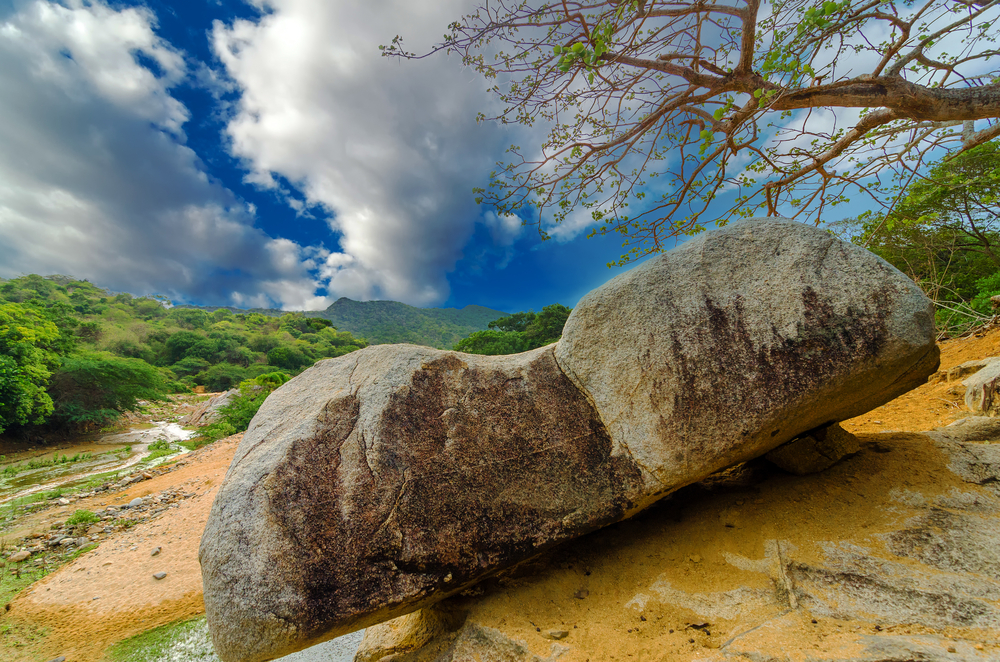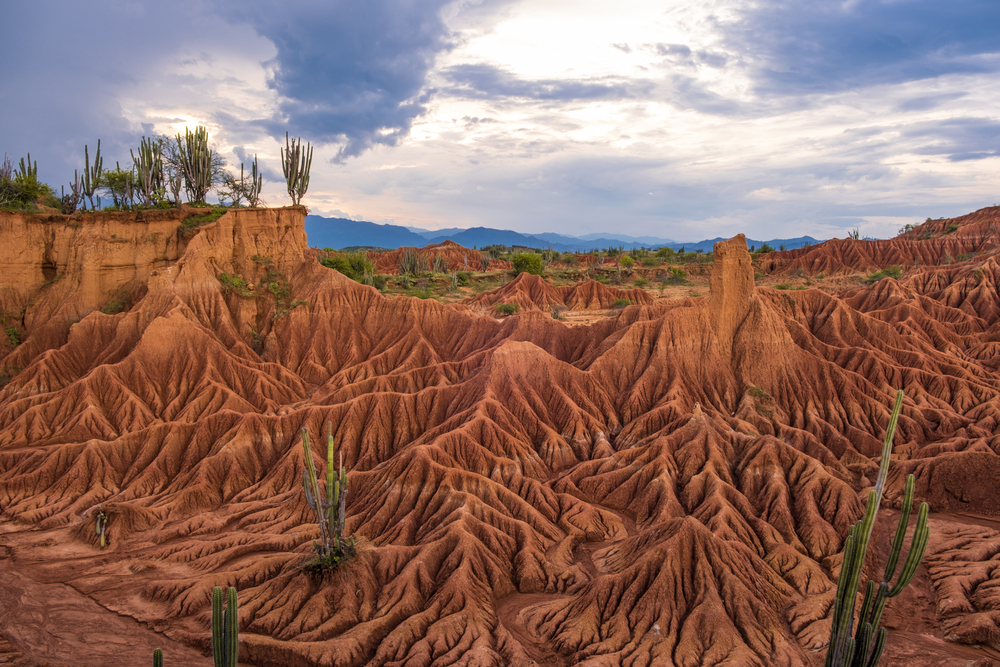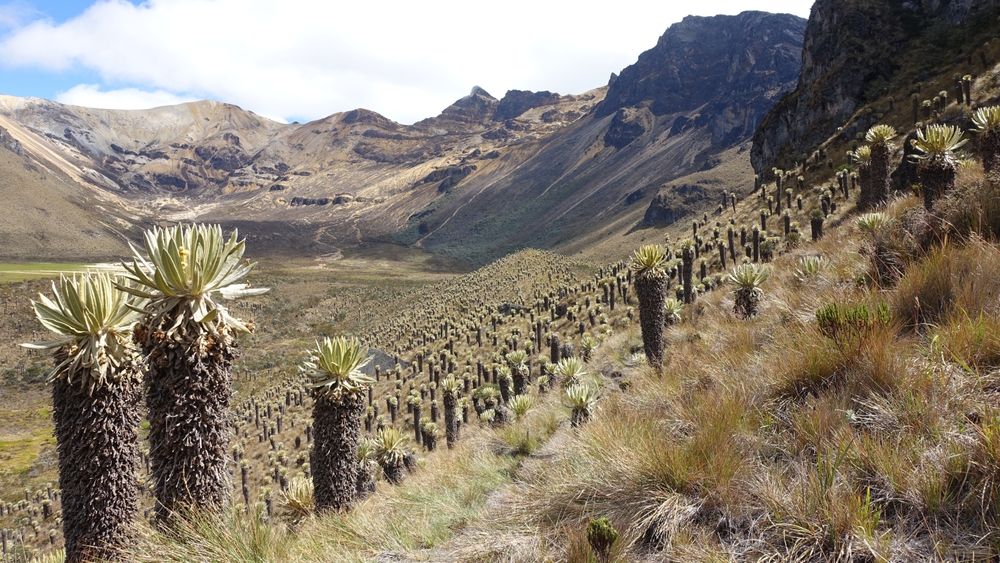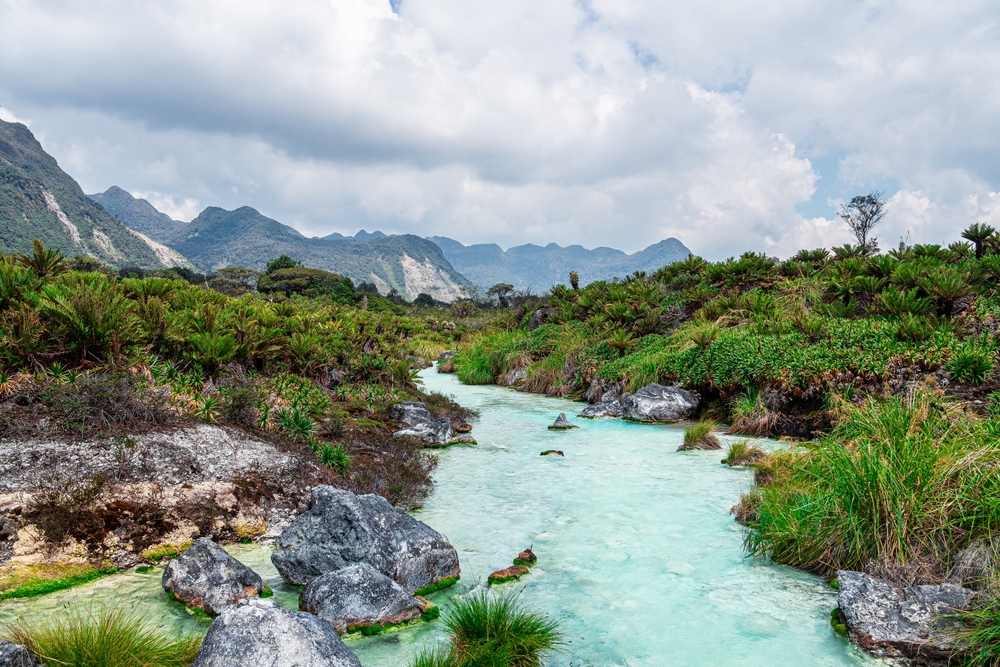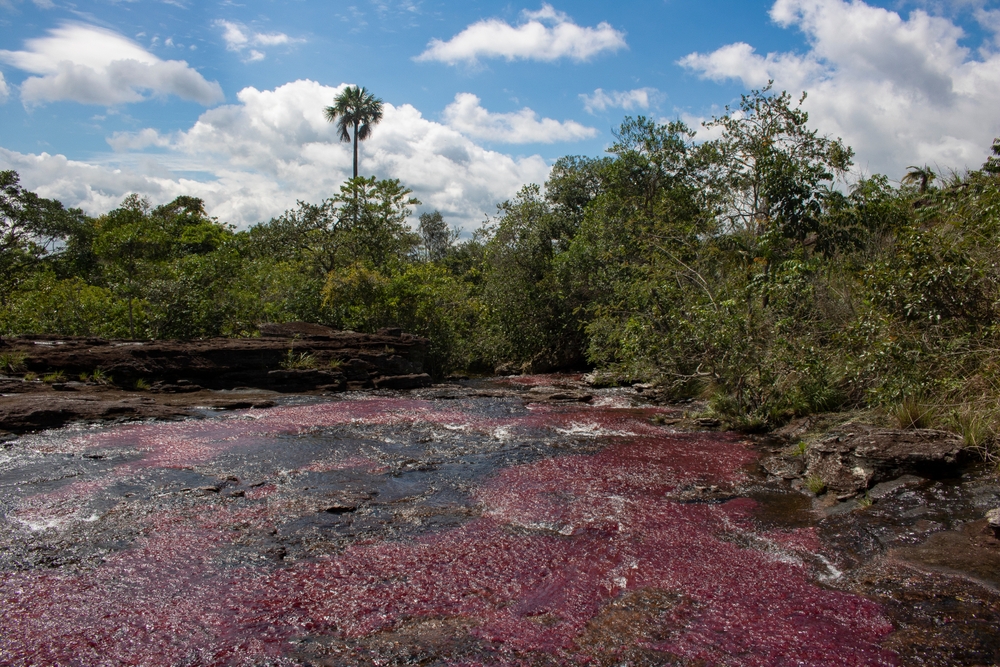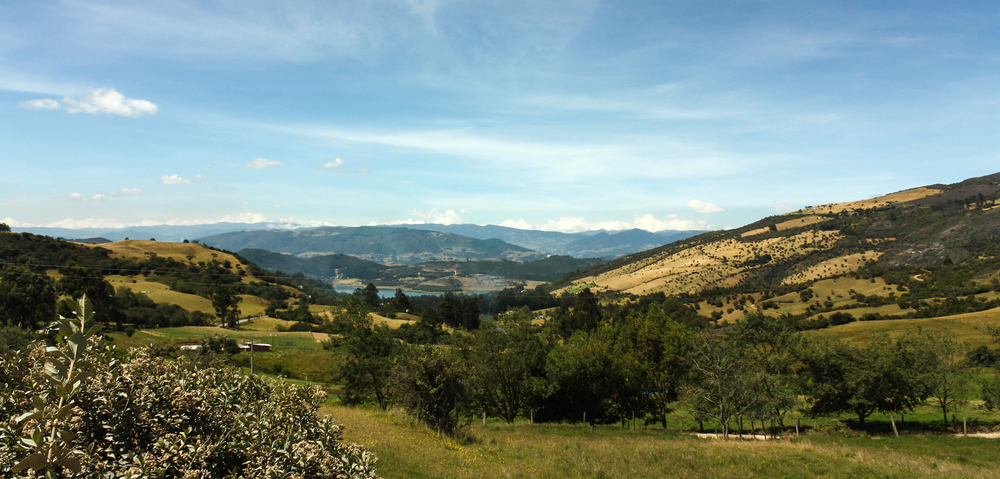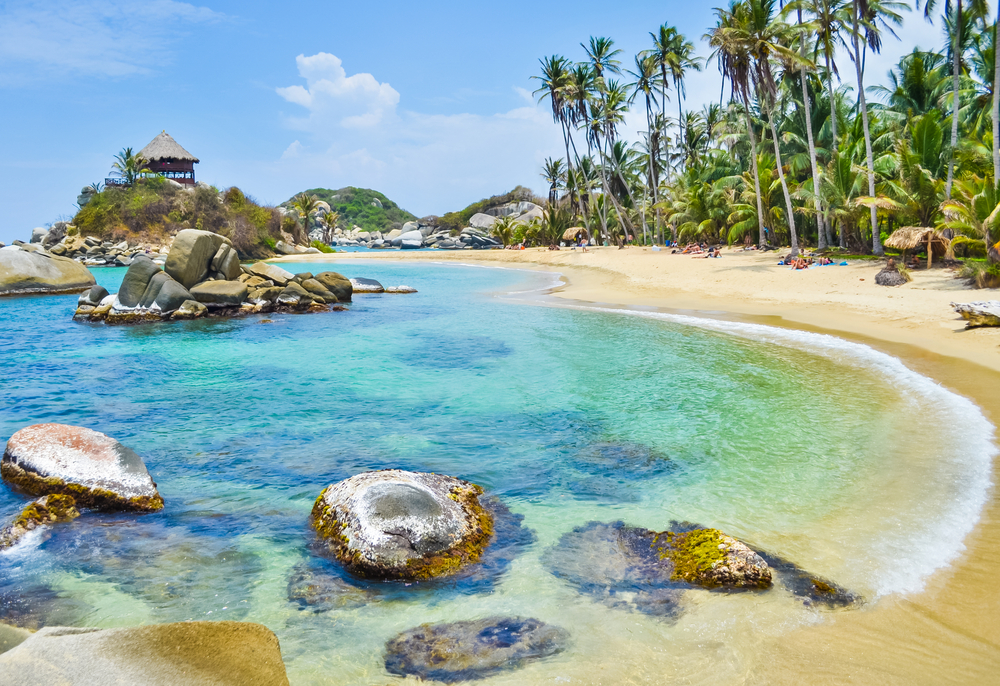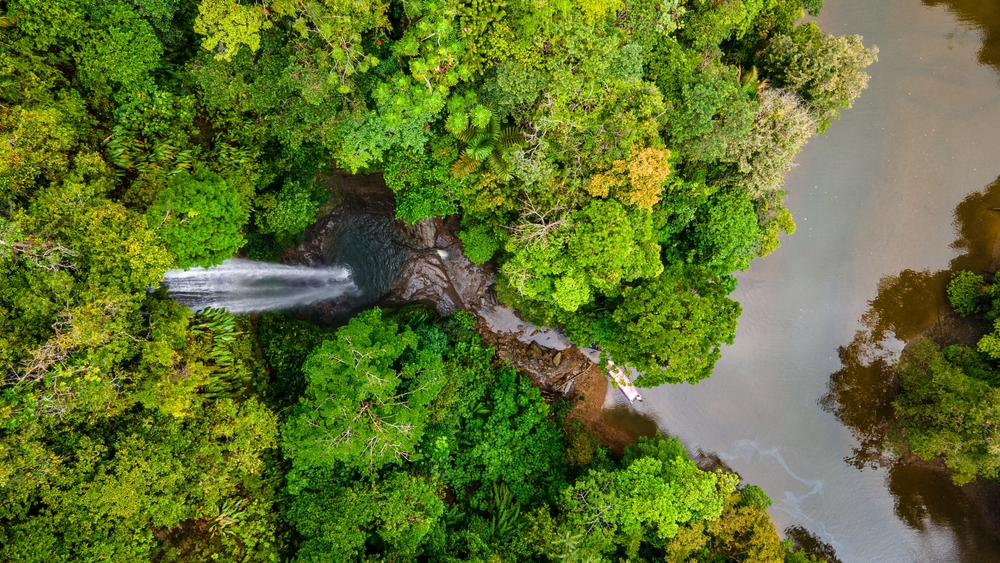Colombia, a country of stunning natural beauty and unparalleled biodiversity, is home to 59 national parks that protect its rich ecosystems, ranging from tropical rainforests to high-altitude páramos. These parks are vital for preserving Colombia’s incredible variety of flora and fauna, much of which is found nowhere else on Earth. They also serve as important cultural and recreational destinations, offering visitors the opportunity to experience the country’s unique landscapes and heritage. Among its many protected areas, several national parks stand out for their ecological significance and visitor appeal.
Tayrona National Park, on Colombia’s Caribbean coast, is one of the country’s most iconic parks. Famous for its idyllic beaches framed by the Sierra Nevada de Santa Marta mountains, Tayrona is a haven for both biodiversity and cultural history. The park encompasses tropical forests, coral reefs, and mangroves, hosting species like howler monkeys, iguanas, and over 300 types of birds. It also contains ancient ruins of the Tairona civilization, offering visitors a glimpse into the Indigenous heritage of the region. Tayrona’s pristine landscapes make it a favorite for eco-tourists and beachgoers alike.
In the Amazon Basin, Amacayacu National Park showcases the incredible biodiversity of the world’s largest rainforest. This park protects extensive floodplains and forests teeming with life, including pink river dolphins, jaguars, manatees, and thousands of plant species. Visitors can explore the Amazon’s waterways by boat or hike trails to experience its vast and vibrant ecosystem. Amacayacu is also a center for Indigenous cultural preservation, with local communities playing a key role in its management and conservation.
Los Nevados National Park, located in the Andes, features dramatic landscapes shaped by volcanic activity. Its high-altitude páramo ecosystems, unique to the Andes, are vital for water regulation and host distinctive species like the frailejón plant and spectacled bears. The park’s towering peaks, such as the Nevado del Ruiz volcano, attract climbers and adventurers. Thermal springs and picturesque lakes, like Laguna del Otún, add to the park’s appeal, making it a popular destination for hikers and nature enthusiasts.
Chiribiquete National Park, a UNESCO World Heritage Site, is Colombia’s largest national park and a global conservation treasure. Its dramatic tepui formations, vast tropical forests, and ancient rock art make it both ecologically and culturally significant. The park is a refuge for endangered species like jaguars and giant otters, as well as an essential carbon sink for mitigating climate change. Its remote location ensures its pristine condition, though it is largely off-limits to visitors to prioritize conservation.
Serranía de la Macarena National Park is famed for Caño Cristales, the “River of Five Colors.” This unique river transforms into a vibrant display of red, yellow, green, and blue hues due to aquatic plants during certain seasons. The park is a transitional zone between the Andes, Amazon, and Orinoco regions, resulting in extraordinary biodiversity. Visitors can marvel at its stunning landscapes while exploring its waterfalls, caves, and wildlife.
Colombia’s national parks face challenges such as deforestation, illegal mining, and pressures from agriculture. However, the country has made strides in promoting ecotourism and involving local communities in conservation efforts, helping to safeguard these natural wonders for future generations.
Alphabetical List of Colombia National Parks Below









































































